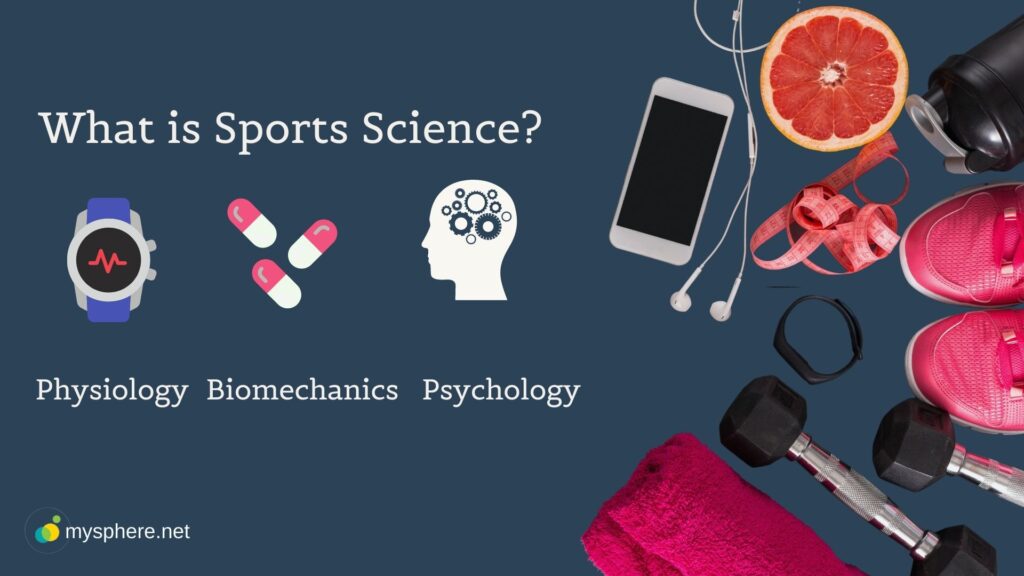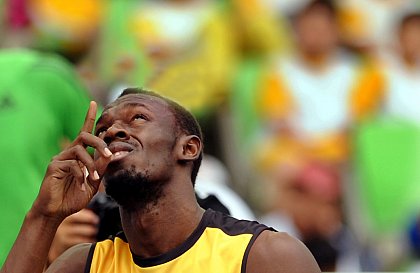What career can I do with a degree in Sports Science?

The excitement on the field, the team spirit, the adrenalin rush, the pride after winning a game and the plain joy of playing are some of the reasons that attract youth to sports. The players and athletes rule the screens. The thorough training and the hard work needed to achieve excellence are also known to us. Ever wondered, apart from the training, what goes into making any sporting event an unforgettable experience for the audience and getting the sportsperson to perform at their best?
A multidisciplinary team of sports scientists works behind the scenes to ensure that each runner, swimmer, gymnast or player is in peak physical and mental condition to perform at their absolute best. As a result, new fields of study, such as sports science, have emerged to improve the quality of sports and fitness.
You might think that ‘sports science’ or ‘exercise science’ is all about exercising and participating in sports, but that is not the case. There’s a lot more going on. Read on to learn more about it. This article talks about sports science, sports and exercise science job options and how one can become a sports scientist.
What is Sports Science?
Sports science is the study of the functioning of your body and mind, and it deals with the theory and principles to do sports or exercise. To give you a broad overview, sports science covers the following topics:
- Physiology: This branch studies the human body’s response to exercise and training.
- Biomechanics: It aims at understanding the human body’s response to exercise by studying the causes and effects of muscular movement.
- Psychology: This branch studies the human mind in terms of sport and exercise.

From cellular to whole-body views, sports science examines how the healthy human body functions during exercise and how sport and physical activity improve health and performance. Physiology, psychology, anatomy, biomechanics, biochemistry, and biokinetics are all included in the study of sports science.
To help athletes train hard and stay healthy, teams are now focusing on performance through sports science. It is now the responsibility of sports scientists to determine whether data is meaningful and what it means for performance. As a broad field in sports, Sports Science, also known as Kinesiology, examines various theories and methods for doing sports and exercising in the most scientific way possible. If you want to be associated with sports in some way or the other way, a career in sports science could be worth considering. Let us understand what is the difference between Kinesiology and Exercise Science.
Kinesiology vs Exercise Science
Though kinesiology and exercise science both share the same focus on physical activity, there are some distinctions between these two fields.
Kinesiology focuses on how physical activity impacts health and quality of life. It is a broad field that encompasses several other areas of study, as mentioned below:
- Exercise science
- Sports management
- Athletic training
- Sports medicine
- Sport and exercise physiology
- Fitness leadership
- Physical education
- Pre-professional training for physical therapy, occupational therapy, medicine and other health fields
Kinesiology studies the relationship of physical activity with health and quality of life. The body movements, function and performance are studied in Kinesiology to see how they affect overall health.
Exercise science is a sub-field of kinesiology. It focuses on exercise and movement, how someone’s body changes through exercise and the resulting performance and health implications.
What do sports scientists do?
Whether it’s in elite performance sports or the impact on youngsters and the elderly in the community, sports scientists are obsessed with knowing how the human body operates under varying levels of pressure. Sports scientists analyse the amount of energy the body uses while performing a particular movement and then optimise the physical system for improved performance. When technology is integrated into sports science, it helps sportsperson reach their goals.
There are typically three main areas in which sport and exercise scientists work:
- Psychology: This includes how the mind works and which factors drive different behaviours. For example, helping athletes to improve their skills following severe injuries or trauma.
- Biomechanics: Focuses on understanding the human body’s mechanical aspects (function and motion). For example, sports movement – better batting techniques in cricket to improve performance.
- Physiology: Focuses on understanding the function of the organs and systems of the human body. How do these systems respond during sport and exercise. For example – Developing an appropriate training program based on the response received for exercise.
The elite sport relies on science to help athletes train safely. Data scientists are also using wearable sensors and machine-learning techniques to prevent injuries. In today’s time, wearable devices can monitor anything from blood pressure to sleep quality. These technologies have now made their way into the realm of athletics. Sports scientists today employ data and technology to benefit athletes of all levels. Though the basics remain the same, every human body responds to physical training differently. A training schedule that works for one player may not work for the other. The data and observations help the sports scientist to customize a training plan that works best for them. So it would not be wrong to say, now is the time when ‘data’ has a significant impact and revolutionizes how people are getting trained and competing.
Sport and exercise scientists help people improve their sporting performance, recover from injuries or better their general health and wellbeing. Sports scientists analyse the amount of energy the body uses while performing a particular movement and then optimise the physical system for improved performance. When technology is integrated into sports science, it helps sportsperson reach thei







Leave a Reply